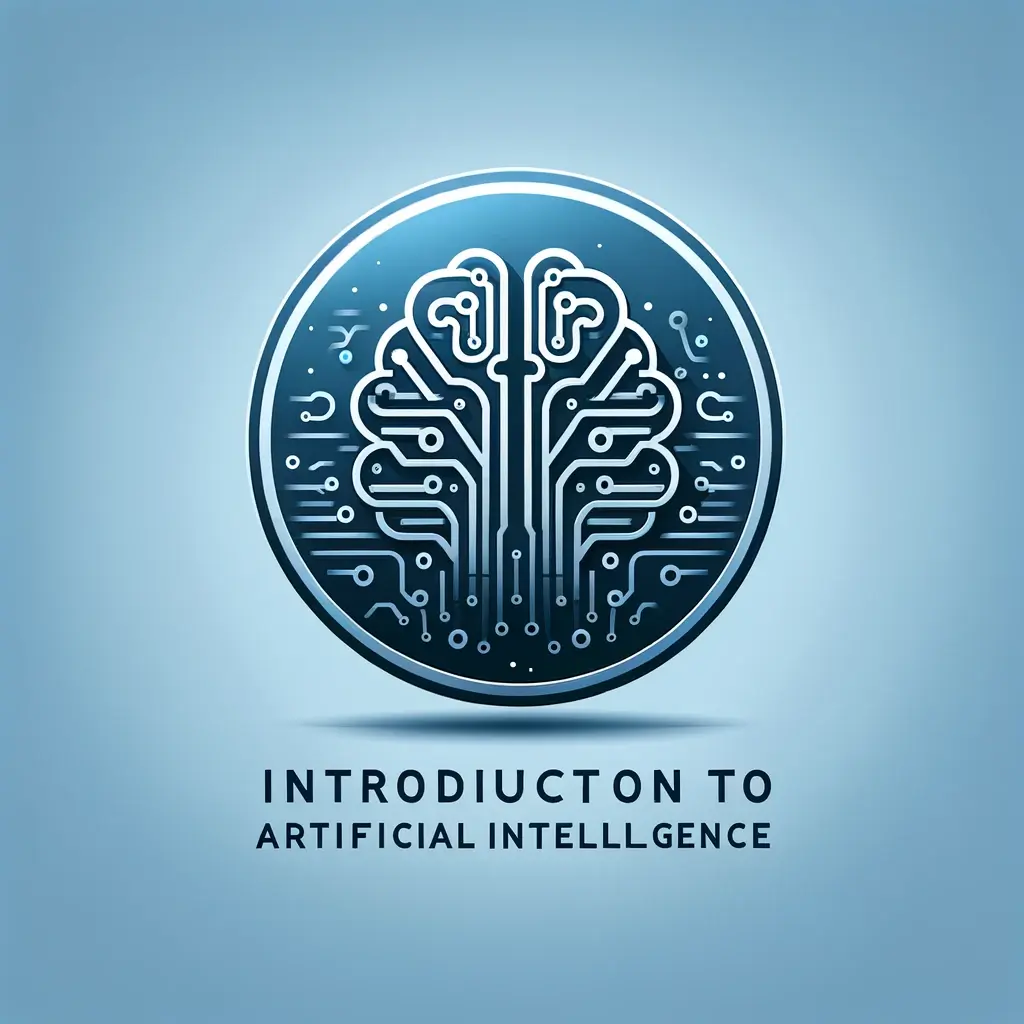Introduction to Artificial Intelligence: Understanding the Basics and Beyond
The term 'Artificial Intelligence' (AI) is often associated with futuristic visions and complex technological advancements. However, at its core, AI is a branch of computer science dedicated to creating systems capable of performing tasks that typically require human intelligence.

Introduction
The term 'Artificial Intelligence' (AI) is often associated with futuristic visions and complex technological advancements. However, at its core, AI is a branch of computer science dedicated to creating systems capable of performing tasks that typically require human intelligence. This includes functions like learning, problem-solving, perception, and language understanding. This article aims to demystify AI, tracing its history, principles, and the fundamental technologies that make it work.
The Genesis of AI
The journey of AI began in the mid-20th century, sparked by the seminal work of pioneers like Alan Turing, who proposed the concept of a machine that could simulate any form of human intelligence. This idea laid the foundation for the field of AI, formally inaugurated at the Dartmouth Conference in 1956. Since then, AI has evolved from a theoretical concept into a dynamic and rapidly advancing field.
Understanding AI: The Basics
At its simplest, AI can be divided into two broad categories: Narrow AI and General AI. Narrow AI, also known as Weak AI, refers to AI systems that are designed and trained for a specific task, like voice assistants or recommendation systems. On the other hand, General AI, a concept yet to be fully realized, refers to systems that possess the ability to understand, learn, and apply intelligence in a wide range of contexts, much like a human being.
Core Technologies Behind AI
- Machine Learning (ML): This is the backbone of modern AI. It's a method of data analysis that automates the building of analytical models. Using algorithms that iteratively learn from data, ML allows computers to find hidden insights without being explicitly programmed where to look.
- Deep Learning: A subset of ML, deep learning uses neural networks with many layers (hence 'deep'). These networks are inspired by the structure and function of the brain and are particularly effective in identifying patterns in unstructured data like images, sound, and text.
- Neural Networks: At the heart of deep learning are neural networks, structured like the human brain with layers of interconnected nodes. These networks can learn from vast amounts of data, making them highly effective for complex tasks like speech recognition and image classification.
- Natural Language Processing (NLP): NLP involves the development of algorithms that can understand and respond to human language. From chatbots to translation services, NLP is crucial in enabling machines to interact with humans naturally.
Evolution and Milestones
AI has experienced several waves of optimism, followed by disappointment and a loss of funding (known as an 'AI winter'), only to emerge stronger each time. Key milestones in AI include IBM's Deep Blue defeating chess grandmaster Garry Kasparov in 1997, and more recently, Google DeepMind's AlphaGo defeating world champion Go player Lee Sedol in 2016. These achievements not only demonstrate the advancements in AI but also point towards its future potential.
AI Today: Practical Applications
Today, AI is not just a subject of scientific research but a ubiquitous part of our daily lives. From the recommendations on streaming services to virtual assistants like Siri and Alexa, AI is continually working in the background, enhancing our everyday experiences. In the business world, AI is used for a range of applications, from automating customer service interactions to optimizing logistics and supply chain management.
Challenges and Ethical Considerations
Despite its advancements, AI faces several challenges. One of the primary concerns is the ethical implications of AI, particularly around privacy, security, and the potential for bias in decision-making processes. Ensuring AI's ethical use is a paramount concern for developers, policymakers, and end-users alike.
The Future of AI
Looking ahead, the trajectory of AI is poised to transform virtually every aspect of our lives. As we stand on the brink of breakthroughs like autonomous vehicles and AI in healthcare, the potential of AI seems boundless. However, the future of AI is not just about technological advancements but also about how we navigate the ethical and social implications of this transformative technology.
Conclusion
Artificial Intelligence, once a science fiction fantasy, is now a tangible and rapidly evolving reality. Understanding the principles and technologies behind AI is crucial, not only for those directly working in the field but also for individuals and businesses looking to leverage its power. As AI continues to evolve, it promises to bring both unprecedented opportunities and challenges, making its study and understanding an essential part of our future.
